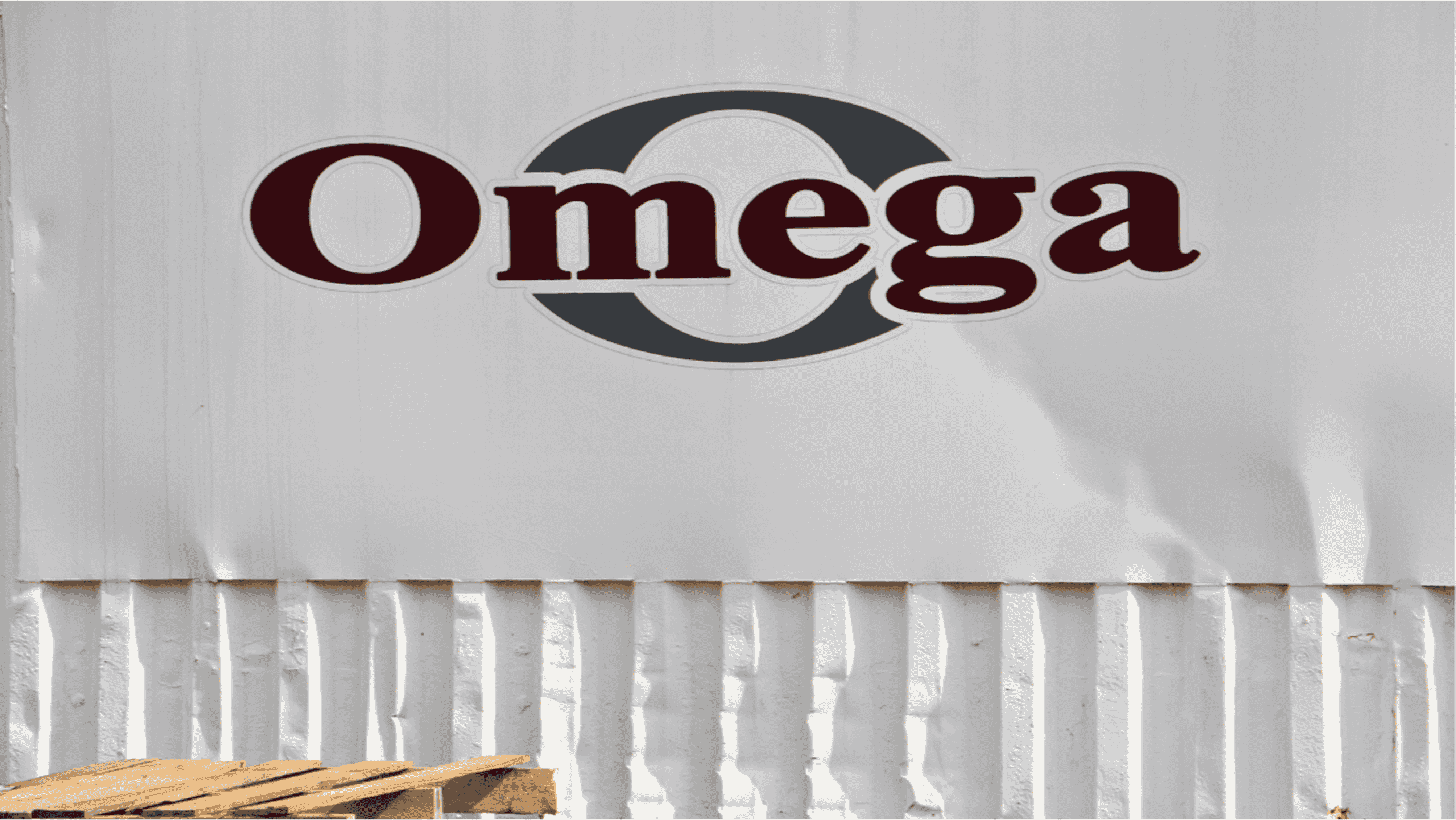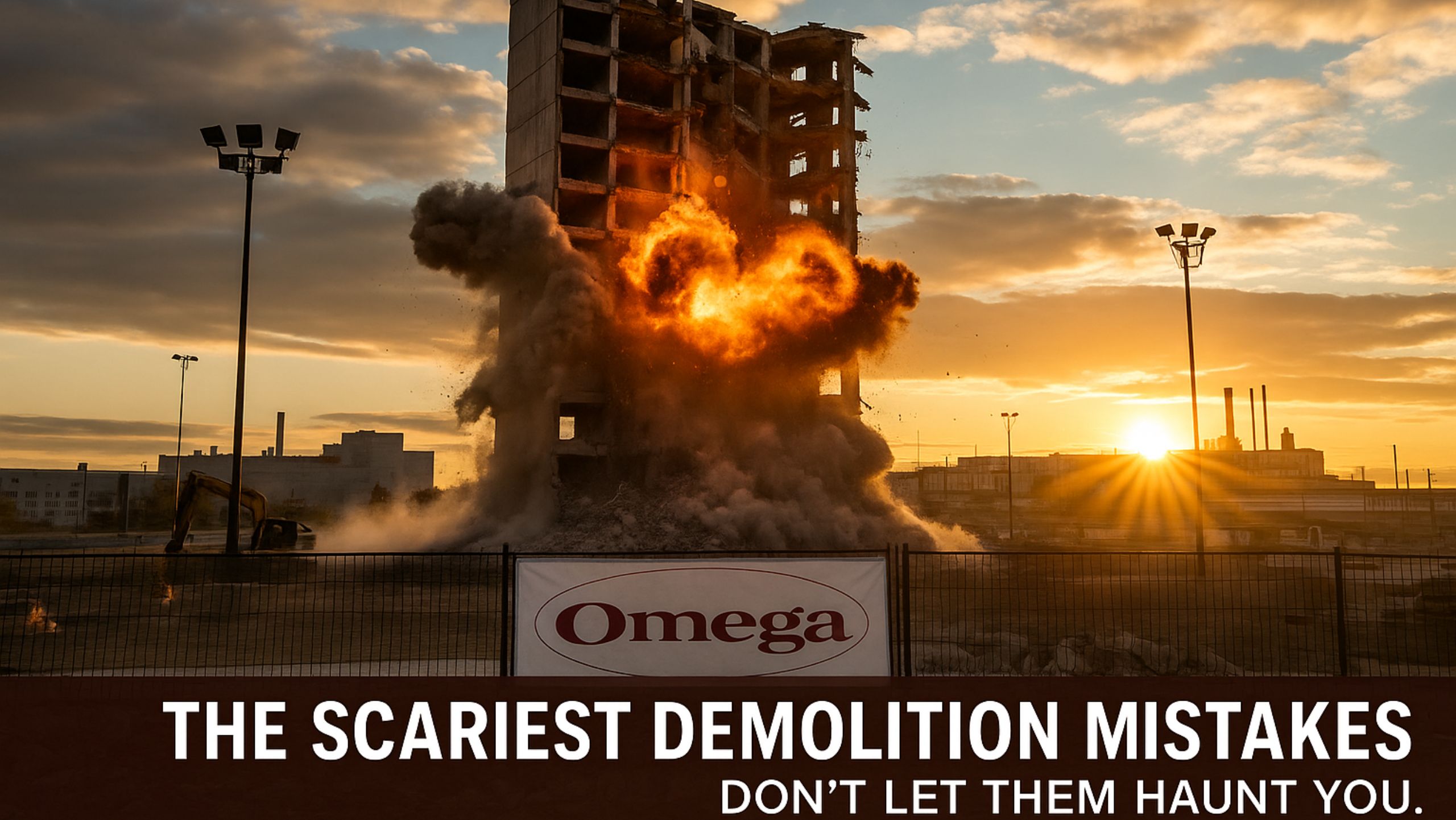Safety anchors every demolition project. At Omega, our crews bring decades of expertise to sites that demand strict protection for people, property, and the planet. Because demolition and environmental remediation are high-risk by nature, reviewing safety is never optional; it is essential.
Pre-Project Safety Planning: The First Line of Defense
Comprehensive Risk Assessment
Every hazard is documented before the first machine rolls onsite.
Site Evaluation
We map structural weaknesses, environmental risks, utility conflicts, and access logistics.
Team Safety Briefings
Crews align on scope, hazards, and step-by-step protocols.
Our collaborative approach ensures owners, contractors, and field teams share one safety vision before work begins.
Reviewing Safety When Conditions Change
Trigger Events for Reevaluation
- Shifts in weather, ground stability, or unexpected contamination
- Scope or schedule changes
- New equipment or personnel arriving on site
Omega’s depth of experience allows rapid procedure updates without compromising protection.
Continuous On-Site Safety Monitoring
Near-Miss Tracking and Incident Response
Any incident or close call prompts an immediate protocol review and corrective action.
Daily Job Hazard Analysis (JHA)
Each morning, supervisors tailor a fresh JHA to the day’s tasks, spotting hazards before they mature.
Daily Equipment and PPE Inspections
Machinery and Tools
Operators and supervisors inspect every machine and tool at the start of each shift.
PPE Checks
Hard hats, respirators, fall-arrest gear, and other PPE are evaluated for function and fit. Deficiencies are corrected on the spot, reflecting Omega’s operational discipline.
Regular Toolbox Talks and Team Safety Meetings
Frequency
Daily on high-risk jobs; weekly on lower-risk sites.
Content
Incident debriefs, new hazard alerts, and seasonal topics such as heat stress or cold exposure.
Participation
All field personnel attend, and leadership presence reinforces priority. Omega’s union-trained workforce arrives with high safety literacy that is sharpened every day on site.
Formal Safety Training and Certifications
Baseline Training
Company-wide sessions every six months refresh core OSHA requirements and internal standards.
High-Risk or Complex Project Training
Monthly or quarterly workshops cover equipment-specific certifications, environmental hazard updates, and emerging best practices.
Omega’s program meets or exceeds insurance and industry benchmarks, keeping teams prepared for any challenge.
Conclusion: A Layered, Proactive Safety Approach
Safety reviews are built into every project phase: before mobilization, during active work, and after completion. They are not single checkpoints; they form a continuous cycle that protects lives and drives project efficiency. Omega’s record on complex, high-stakes jobs proves that disciplined safety review is more than best practice; it is a competitive advantage.
Frequently Asked Questions
How often should a demolition team hold safety meetings?
High-risk jobs call for daily toolbox talks. Lower-risk sites meet at least once a week.
What is a Job Hazard Analysis, and who conducts it?
A JHA is a task-specific risk review completed each morning by supervisors with crew input. It identifies hazards and assigns controls before work begins.
When must safety protocols be reevaluated?
Any significant change—weather shifts, structural movements, scope adjustments, or new personnel—triggers an immediate safety review.
What certifications are required for demolition crews?
Baseline OSHA 10 or OSHA 30, plus equipment-specific or environmental certifications such as asbestos, lead, or hazmat, depending on project scope.
How does Omega handle near-miss incidents?
Near-misses are logged immediately, investigated, and discussed in the next safety meeting. Corrective actions are implemented before work resumes.How frequently are equipment and PPE inspected?
Every shift. Operators check machinery and tools at start-up, and supervisors verify PPE condition and fit before crews begin work.



